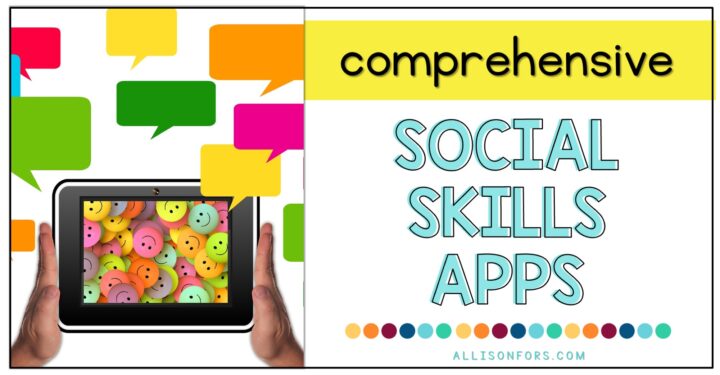
Why You Should Be Using Sensory Bins in Speech Therapy (and a Freebie)
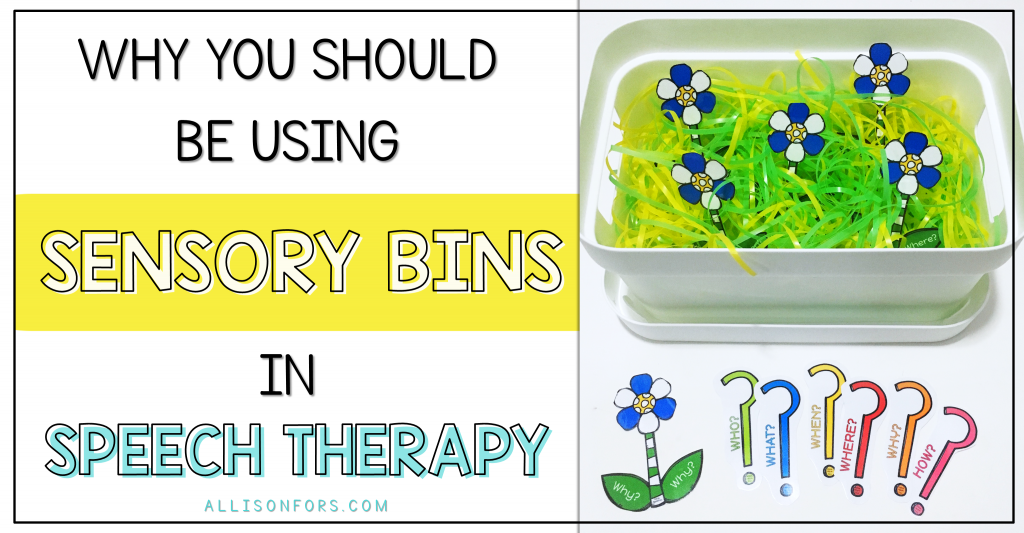
Collaborating with occupational therapists and exploring sensory strategies has helped me have more productive sessions with the children who can’t seem to sit still or who have sensory processing disorder (SPD).
One of the things I picked up along the way was using sensory bins! Not only are they fun, engaging, and interactive, but they serve great purposes for our students with SPD or those who need increased sensory input.
Sensory activities help the brain focus, self-regulate, reduce distractions, and build neural connections to learn and retain information. Sensory stimulation is critical for brains to develop and strengthen sensory-related synapses and functions. When using more than one sense, a child will learn and retain more information!
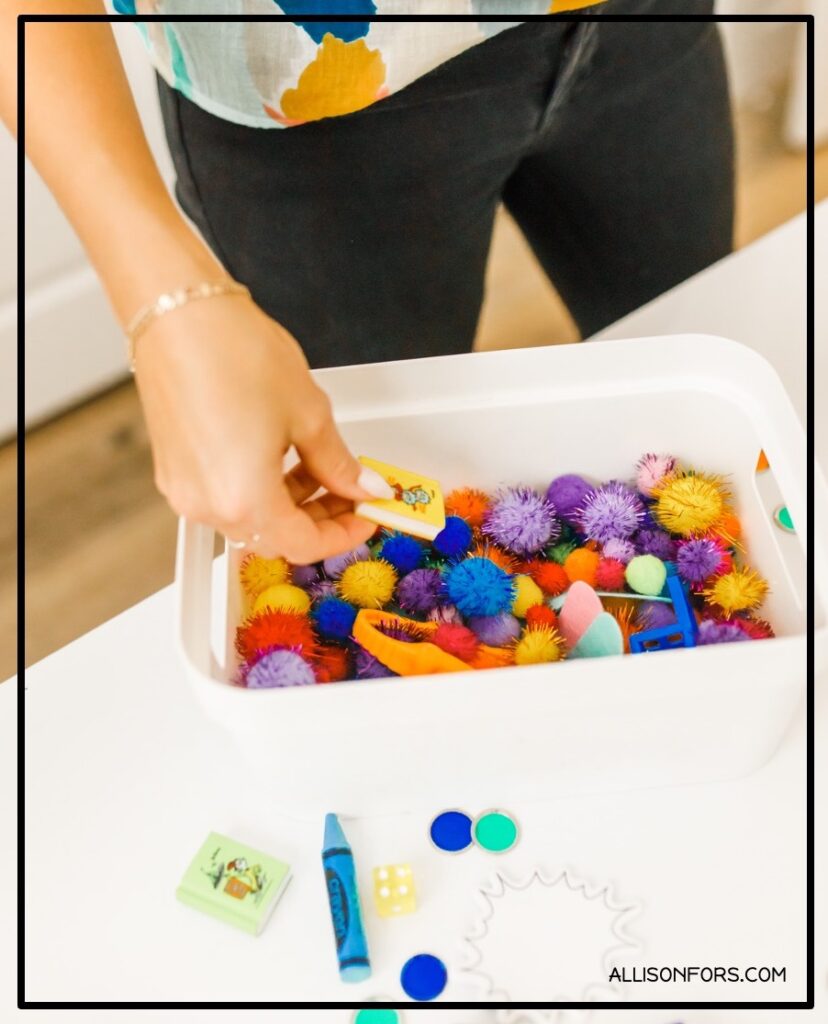
What are sensory bins?
Sensory bins are a tactile experience in a container usually filled with beans, rice, noodles, beads, corn, water beads, or sand. They are extremely easy and can be inexpensive to make. I like to use Sterilite plastic bins with lids, but you can use any container and any size. Then add any filler and any objects – toys, spoons, strainers, plastic eggs, rakes. You can make them themed for the time of year or for a particular unit. There are tons of sensory bin ideas online if you need inspiration. Here’s a Pinterest board I have specially dedicated to this topic to get your creative juices flowing! I also compiled a list of many more filler ideas that aren’t as messy and are easier to clean-up (compared to beans and rice).
You can check out some of my favorite sensory bin supplies at my amazon storefront! Sensory Needs
Why I love sensory bins!
Sensory bins are different from anything else I use in therapy so they are a welcome change and a great way to mix things up. Kids LOVE them! Sensory bins are engaging and hands-on fun. And they easily make a boring activity fun with minimal preparation. And we are all about that, right!? I always have a sensory bin ready to go and am able to quickly throw in drill cards or other artic/language targets.
Use sensory bins for:
- targeting joint attention
- imitating actions (scooping, shaking, etc)
- pretend play
- cause and effect
- turn-taking
- requesting
- practicing simple verbs (in, out, open, close)
- hiding articulation cards, task cards, or anything that is motivating and fits their therapy goals
- vocabulary
- wh questions
- following directions
- categories
- sequencing
- and more…view the graphic below!
If I know motivation will be a factor, I put in fun things to find between pulling out those artic cards and doing trials. Try hiding cars, tokens, pennies, mini figurines…whatever is going to be exciting for your student. It’s a fast, fun motivator for the students to see how many they can collect!
Download the graphics in this post for free!
Sensory Bin Inspiration
Sensory bins have become such an integral part of my sessions that I began making materials specifically for them!
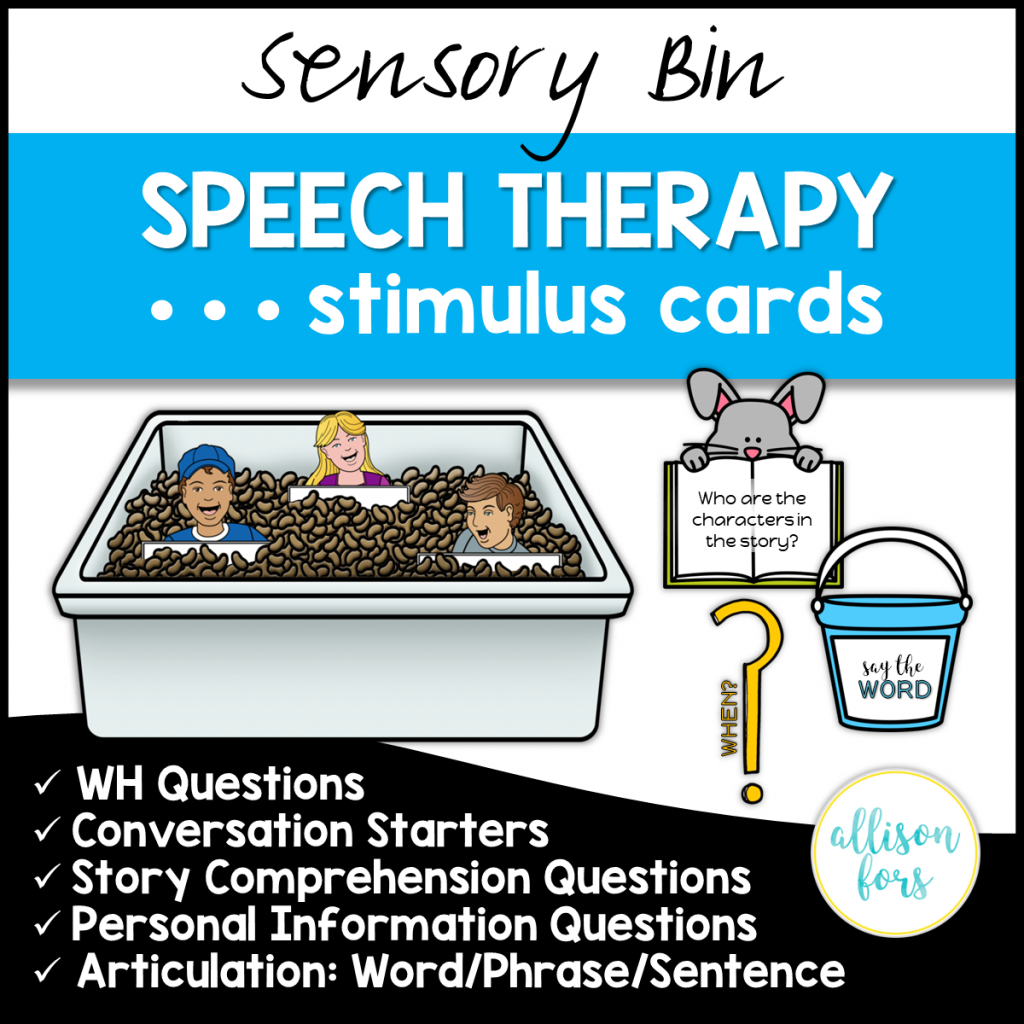
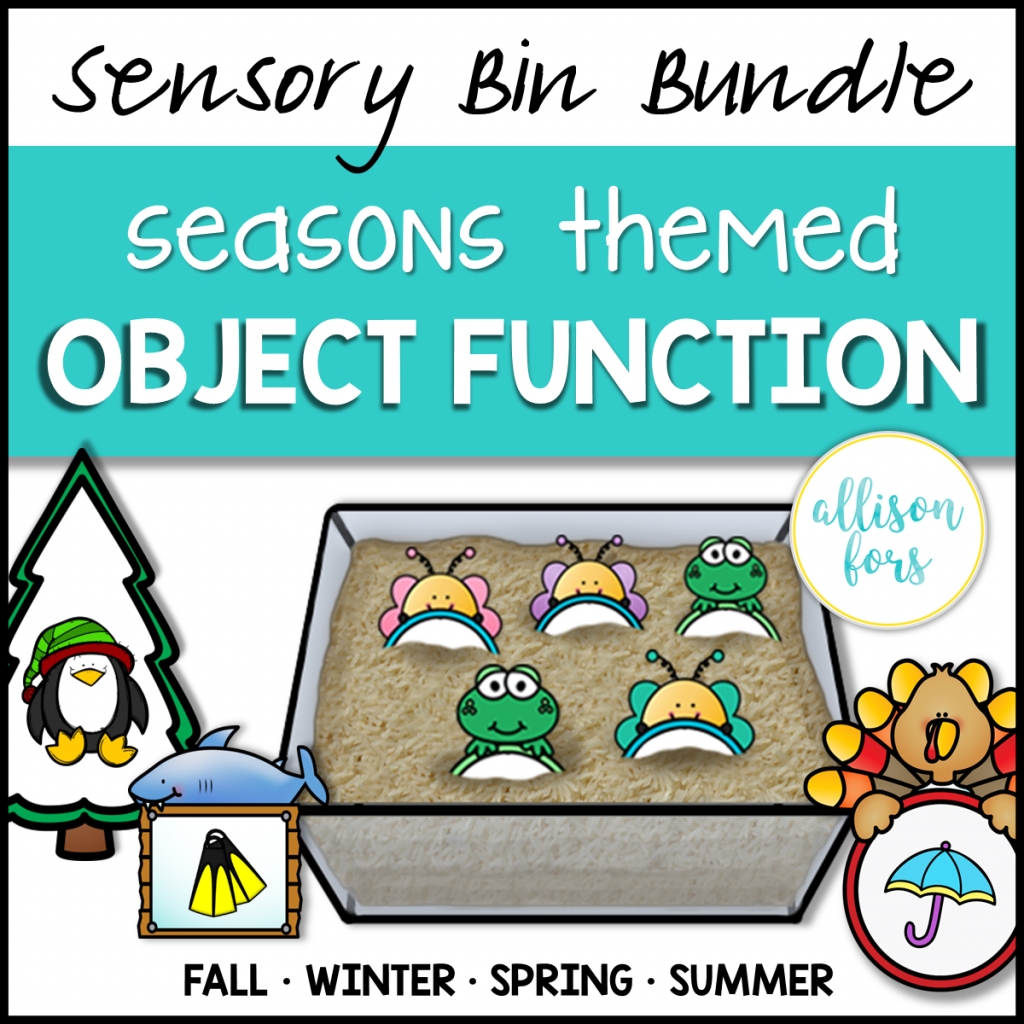
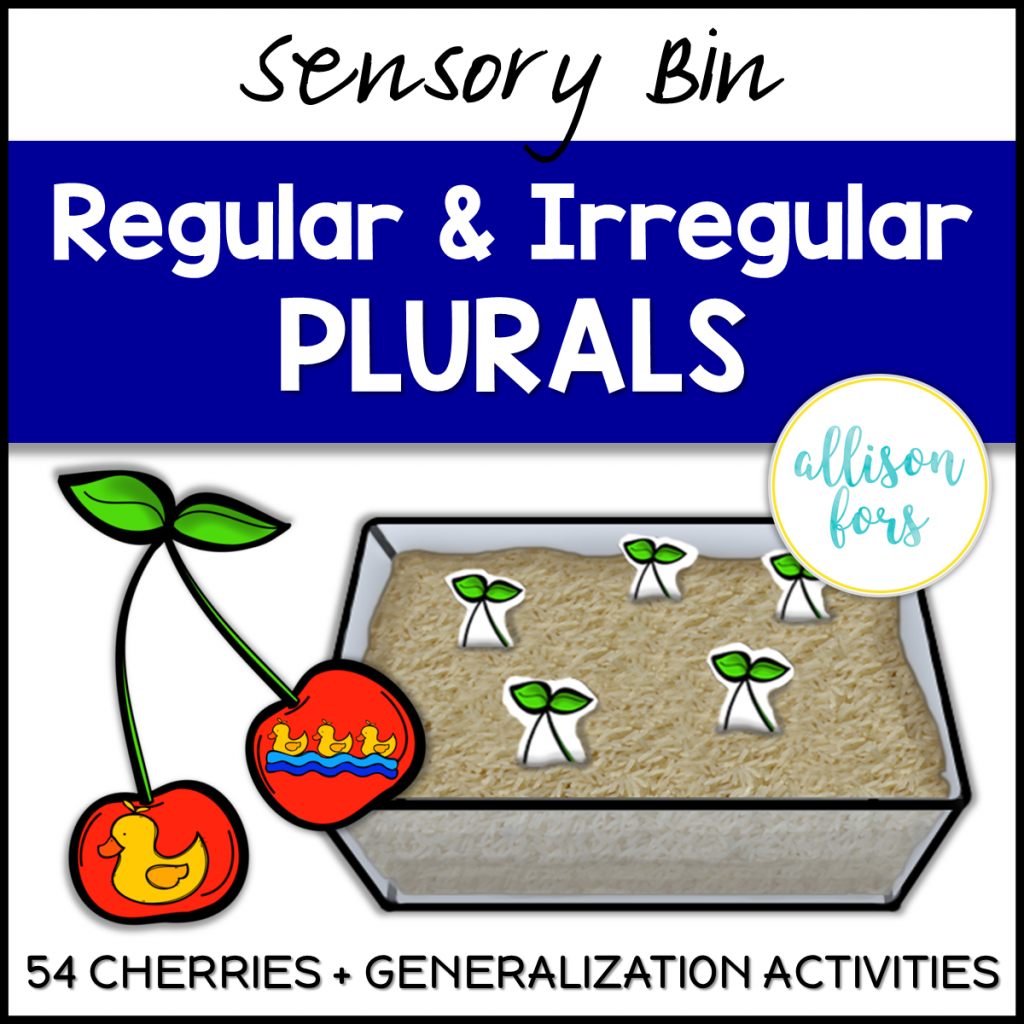
And definitely, don’t miss this FREE one!
Do you use sensory bins in speech therapy or your classroom? Let me know in the comments!
You may be interested in:
Why You Should be Using Sensory Play in Speech Therapy
How to Use Sensory Bottles in Speech Therapy
How to Help a Child with Sensory Processing Disorder Succeed in Speech Therapy
7 Sensory Play Activity Ideas
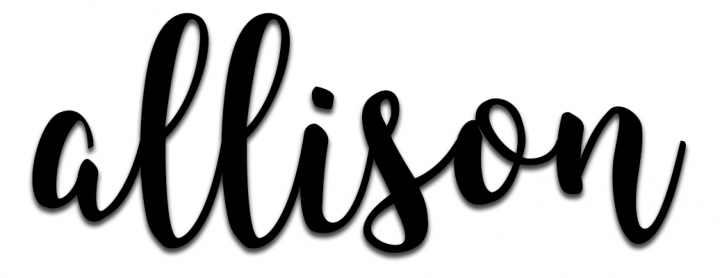
If you enjoyed this post, please share it!
Follow my blog with Bloglovin
We are a participant in the Amazon Services LLC Associates Program, an affiliate advertising program designed to provide a means for sites to earn advertising fees by advertising and linking to Amazon.com. All opinions are my own.
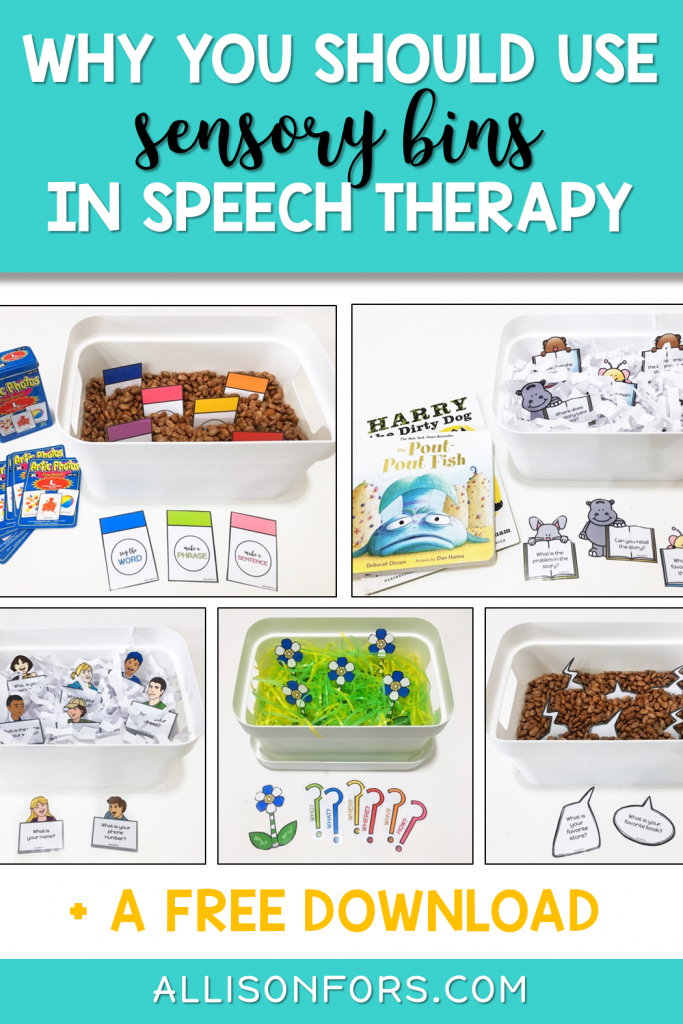


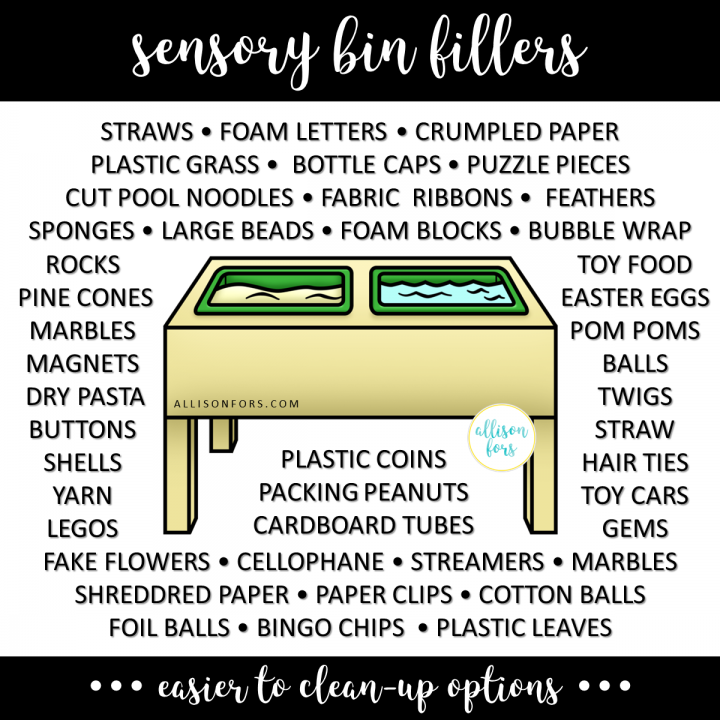
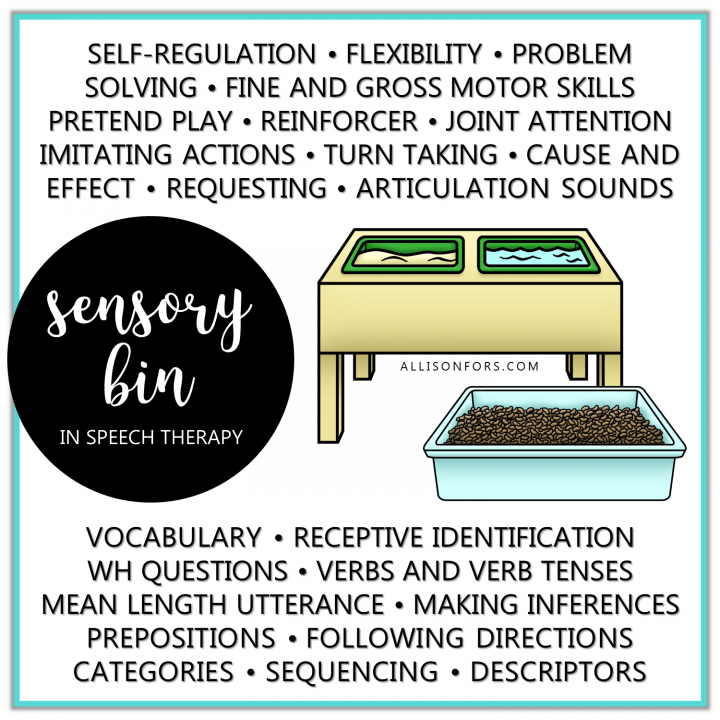
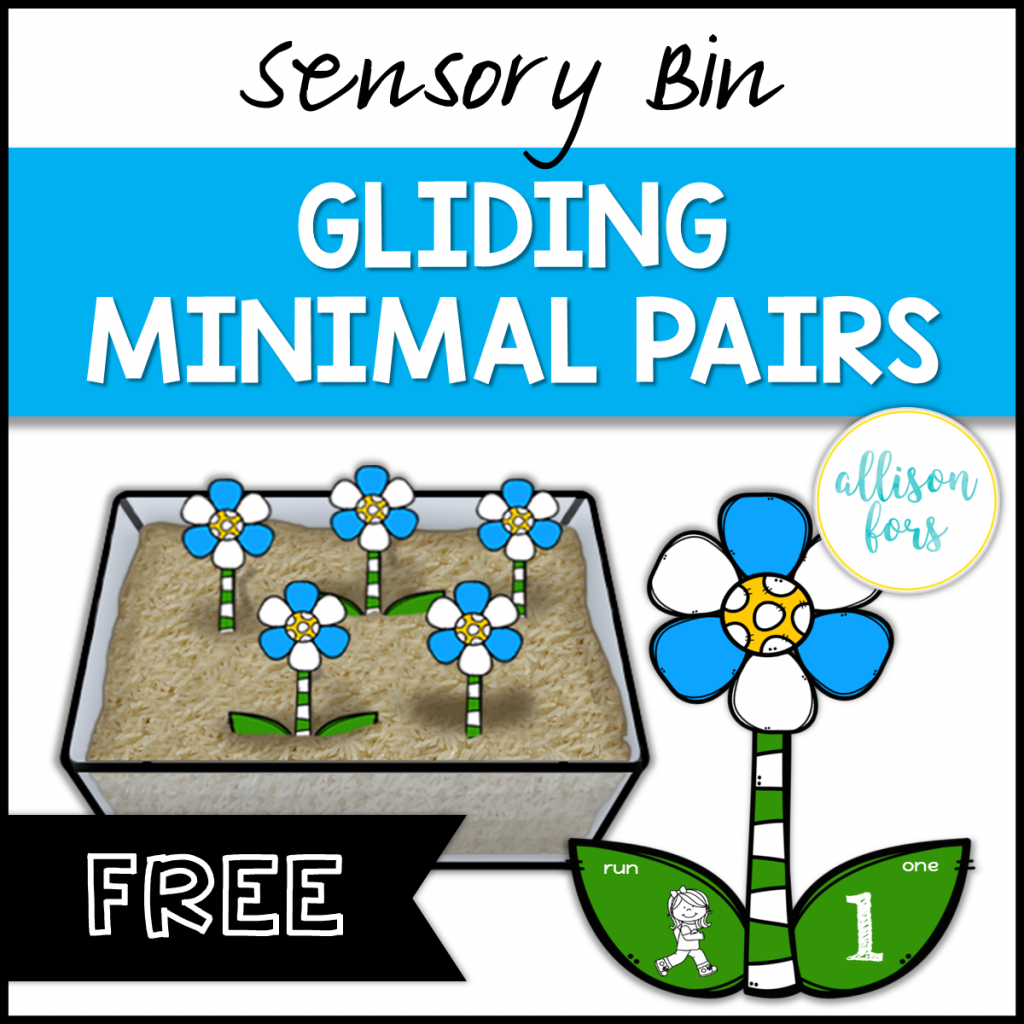
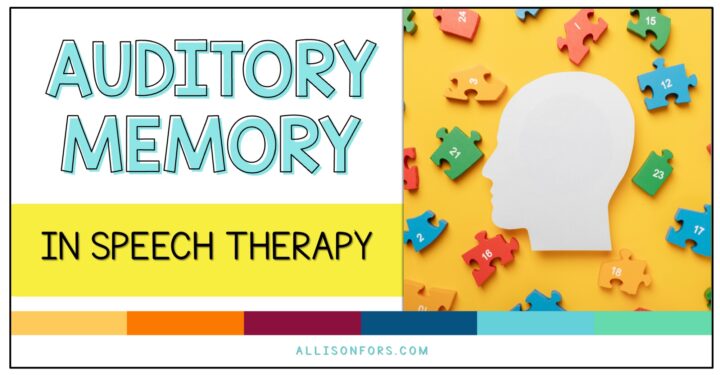
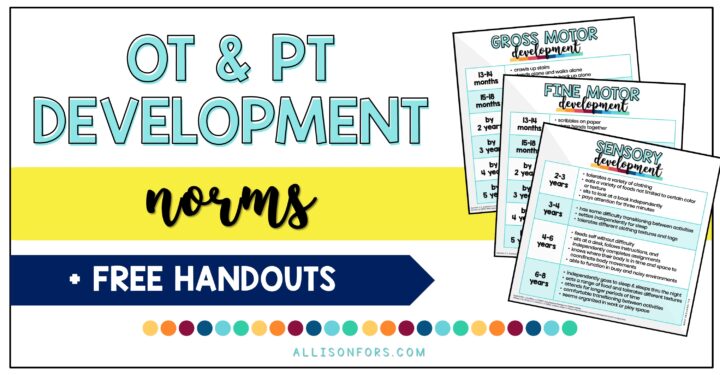
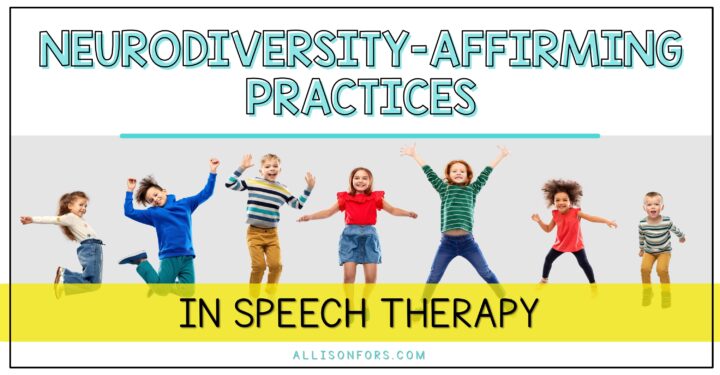

3 Responses
How do you go with the mess? I have tried this and I spend the whole time saying keep it in the bin, or else they just go silly and it ends up everywhere- which then makes my easy prep hard clean up sessions.
A few things! Incorporate the clean up into the session, use fillers that are easy to clean up, and I won’t use sensory bins/play with some of my students.
Sensory bins are amazing! This is such a great list of all the benefits of them. I love the buy-in from kids. They’re so regulating and really supports engagement from my clients.